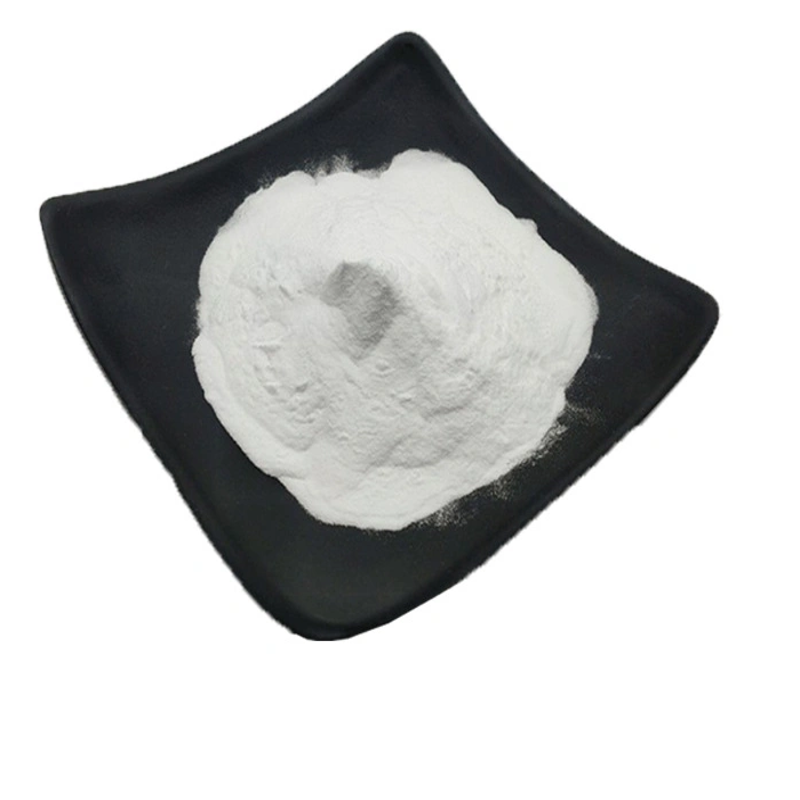Medical innovation: the decisive factor of innovation is the payer
-
Last Update: 2017-02-28
-
Source: Internet
-
Author: User
Search more information of high quality chemicals, good prices and reliable suppliers, visit
www.echemi.com
Source: caixin.com 2017-2-28 innovation is an old topic, but often new Whether a new product or service can finally be purchased by a certain number of users is the main factor to test whether it can finally obtain a large-scale market, and also the key to test whether it can finally achieve phased success However, in the early stage of development, it is difficult to predict whether innovation can be recognized by the market, which tests the ability of decision makers very much But because of the difficulty of prediction, innovation itself is full of charm Generally speaking, innovation is mainly manifested in two aspects: business model and technological change But the commercialization of innovation is only the surface phenomenon of market development, and the core is the power behind innovation Only by grasping the source of power can we make a relatively effective trend judgment on the possible development of innovation Specifically for the medical industry, the driving force behind innovation is not only from the needs of users and technological innovation, but also from the payers and policy changes, which is the core power of medical innovation Since the 20th century, most major economies have established payers such as national medical insurance or commercial insurance, which has changed the past unequal situation of direct transactions between medical institutions and patients Payers negotiate with medical institutions on behalf of patients' interests to obtain the price that is beneficial to patients and payers, thus forming a greater restriction on medical institutions and doctors as a whole Of course, even so, as a provider of medical institutions still maintain a strong position, but the payer's rule-making has the function of reshaping the market for the whole medical market From this point of view, the decentralized patient needs can only be fed back to the supplier through the payer, so as to promote the change of the supplier Therefore, in addition to services and products for uninsured users and without insurance payment, innovation in the medical industry is difficult to directly appeal to individual users, and must first obtain the support of payers Similarly, in the process of product purchase and use, the payer has the same function Therefore, no matter drugs or devices, if they want to get a large-scale market, they cannot bypass the payer This also determines that the innovation of the medical industry is ultimately oriented to the b-end rather than the C-end, which is the biggest difference between the medical market and other markets After understanding the most special points of medical industry innovation, the cognition of medical industry innovation can get out of the dilemma First, technology is not the determinant of innovation, but the payer In the past few decades, in the medical field, especially in the pharmaceutical field, technological progress has promoted the huge development of the industry But whether a technology can be developed ultimately depends on the identity of the payer Take teladoc, a company established in 2002 that focuses on remote consultation Its technical maturity does not bring large-scale revenue to the company However, in 2013, after the implementation of the parity act in the United States, teladoc achieved explosive growth This is because remote consultation can quickly reduce the cost of consultation, which has been adopted by a large number of employers and insurance companies In the same way, sequenom, a gene sequencing technology company, soon encountered the pressure of payers and fierce market competition after the commercialization of technology, which was mainly due to the gradual loss of its high threshold, and the space for volume increase and cost compression could not catch up with the growth slowdown caused by the weakening of competitive advantage The same is true in the field of products The medical e-commerce in the United States seems to be developed, but the core is in the hands of PBM PBM mainly provides drug welfare management for payers Only by controlling the source of PBM prescription can the medical e-commerce become larger And those trying to bypass the payer to sell directly to users can't make a real market, which is clearly reflected in the DTP Model It is worth noting that some services that seem to directly appeal to the C end are still dominated by the payer Health care reform in the United States has promoted the coverage of insurance population, which has increased a large number of high deductible users They need low-cost outpatient services Retail clinics and customized clinic services are just in line with their needs, which has also led to the rapid development of such clinics Although these services seem to be a pure C-end market, bypassing insurance But in fact, it is the insurance products that reduce the coverage in order to reduce the price that make these users turn to seek similar services So it's still the payer's push that has spawned such a market Secondly, innovation should adapt to the current rules and systems, and the short-term is better than the long-term Under the increasingly severe pressure of fee control from payers, services with unclear effect and unable to effectively reduce costs are difficult to achieve large-scale growth in the short and medium term, which greatly reduces the so-called innovation space For example, the cost control effect of chronic disease management needs to be reflected in a long time, and the achievement of ACO in cost control is still controversial Because it can't reflect value in the short term, it's difficult for such innovation to obtain the long-term support of payers, and it's also difficult to expand the scale in the short term, which ultimately leads to the failure of innovation or only to become a branch of a business field The market has given full recognition to those who can improve the efficiency of traditional business and effectively reduce the cost of innovation, because it can reflect the effect in the short term, which not only meets the payer's demand for fee control, but also meets the service side's demand for cost reduction For example, mercy virtual and VRAD's telemedicine services can effectively improve the efficiency of offline services and reduce costs Thirdly, restricted by the regional characteristics of medical treatment, innovation should be adapted to local conditions and cannot be blindly copied Because the medical service can't get around the line, its regional characteristics are more obvious, which is also the reason why the "winner takes all" theory can't be applied here With the first mock exam, Kaiser medical system as the representative of the HMO mode has obvious characteristics HMO is a mode of controlling the fees closely combined with payment and service This mode is very necessary because of the strong combination of medical institutions needed and offline Kaiser is able to really scale the hospital directly because of its direct possession But it can not be avoided that it can only be confined to California more than one place, and can not be carried out nationwide Expansion Finally, human nature is the ultimate influencing factor of innovation Even if the product or service is recognized by the payer, it is difficult to develop if it is against humanity Chronic disease management has developed in the United States for many years, but it has never been able to grow up with large companies This is mainly because the essence of chronic disease management is contrary to human nature, and it is difficult to obtain the end-user identity Even if users can get such services without paying, there are still a large number of customers who can not insist and quit In the development process of the payer itself, if it is not for the group insurance to share the personal risk, it is very difficult for the individual insurance to fight against the choice of anti humanity No matter Oscar or health Republic, they are unable to fight against the factors of humanity and fail Through the above analysis, the power and trend of medical innovation are clarified Similar to other industries, the main problem of medical innovation is still to improve efficiency and reduce costs, but what kind of innovation can be developed in the medical industry has its own characteristics - those services and products that can meet the payer's demand for fee control and reflect the effect of fee control in the short term, and fully consider the serious constraints brought by regional and human nature In an era when everyone talks about innovation, the public often ignores the real changes in the market The medical reform guided by value medicine is the core reform of the medical market in the United States It is telemedicine that adapts to the demand of payers to control fees, so that it can achieve faster development However, slow disease management is difficult to achieve rapid growth because of its unclear effect and relatively slow development Although the reform of the medical industry is not destructive, not as subversive as Uber, it has really changed the structure of market competition Only when we understand this can we understand that the change caused by medical innovation is not driven by technology, but by the consequences of payers' changing payment rules Technology is only a means by which medical service providers can meet the demand of fee control The success of technology commercialization also lies in the change of core game rules, not the opposite.
This article is an English version of an article which is originally in the Chinese language on echemi.com and is provided for information purposes only.
This website makes no representation or warranty of any kind, either expressed or implied, as to the accuracy, completeness ownership or reliability of
the article or any translations thereof. If you have any concerns or complaints relating to the article, please send an email, providing a detailed
description of the concern or complaint, to
service@echemi.com. A staff member will contact you within 5 working days. Once verified, infringing content
will be removed immediately.







